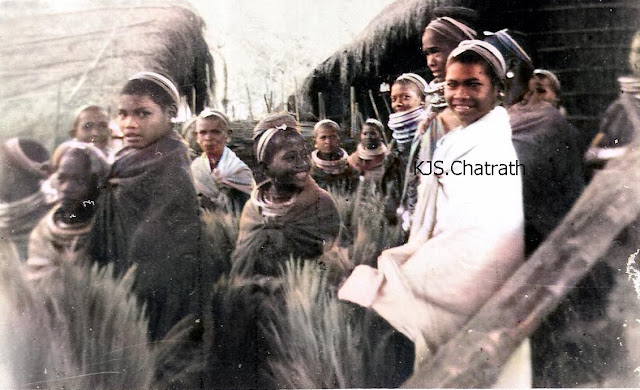'Why Panama Hats are not Panama Hats' - by K J S Chatrath
I visited Colombia, Peru and Ecuador in 2017. While
travelling through Colombia, I noticed that one of the members of our
Tucan Travels Group (https://www.tucantravel.com/), a
young man from Australia, was wearing a nice straw Panama hat. I told him that
I liked his hat. And guess what? He went to the market and bought one for
me and got it put in my room with a small note that it was a gift from an
Australian for his Indian friend. I was overwhelmed. Thank you Paul
Barker.
Paul Barker
Indicative map to only to show the approximate location of Panama and Ecuador.

Subsequently when in Ecuador, I joined a day trip
with Ole’ Expedtitions (ole-turismo@hotmail.com) to Otavalo. As a part
of the trip we were taken to a traditional hat making unit. It is there
that I first came to know that Panama hats are not hats from Panama.

Now for a little backgrounder. A Panama hat
(toquilla straw hat) is a brimmed straw hat of Ecuadorian origin.
Traditionally, hats were made from the plaited leaves of a plant, known locally
as the toquilla palm or jipijapa palm although it is a palm-like
plant rather than a true palm. In Ecuador, the hats are sombreros de paja
toquilla, or “hats of toquilla straw.”

Panama hats are light-colored, lightweight, and
breathable, and often worn as accessories to summer suits, such as those made
of linen or silk. Beginning around the turn of the 20th century, panamas began
to be associated with the seaside and tropical locales. Despite their name,
Panama hats have never been made in Panama. In fact Ecuadorians do not like
their hats being called ‘Panama hats’.

The art of weaving the traditional Ecuadorian toquilla hat was added to the UNESCO
Intangible Cultural Heritage Lists on 6 December 2012. This term is
used to define practices, traditions, knowledge, and skills communities pass
down from generation to generation as part of their cultural heritage.

Panama has a unique geographical location. It is the narrowest point of land
separating the Atlantic and the Pacific Oceans anywhere from the Arctic Circle
to the southern tip of South America. In the 1800’s Panama was part of what is
now Colombia. Then, Colombia was called New Granada and consisted of what are
now the countries of Colombia, Ecuador,Venezuela and Guiana.

At the time of the construction of the Panama Canal, labour from Ecuador
went to work there. They also took their hats along as the working conditions
were hot and humid. A further boost was received by this hat when President
Theodore Roosevelt of USA wore it during his visit to the Panama Canal
construction site in 1906 and the photo of the US President wearing a black
ribboned straw hat got splashed in the media. And the world took notice of it.

As one story goes, one Manuel Alfaro emigrated from Spain to Ecuador in
1835. He settled in Montecristi and launched himself in the hat business. He
organized export oriented production by developing a large network of weavers
and other artisans necessary to the making and finishing of the hats, and by
creating a smooth-flowing production system.

Montecristi and Cuenca (kwayn-ka) are the two primary centers of Panama hat
production and export in Ecuador. Montecristi is on the coast. Cuenca is in the
Andes Mountains. It is said that Better hats come from Montecristi hats are
better though more hat production takes place in Cuenca.

There is another variety of hats looking like panama hats. These are fedora hats. The main difference between the two is that Fedoras are made dof felt while panama hats are made of straw.

A hat making unit in Ecuador.
Some real (and a fake) celebrities donning panama hats......
Who does not remember Marlyn Monroe?
Clarke Gable - The King
Anthony Hopkins
Robert Redford
The most handsome man on planet earth- Sir Sean Connery
Indian actress (yes I prefer to use this word) Deepika Padukone

Celebrity or not, this pretty young lady surely knows how to don a panama hat!
Talking about celebrities donning hats, last but not the least, here is a fake one. Yes, that's me some where in South America- catching up on some sleep or hiding my face - you decide!
(Text with inputs from Wikipedia & A short history of Panama Hat (https://www.brentblack.com/pages/history.html and some other sources on the internet))














Very interesting story. I am enriched.
ReplyDelete